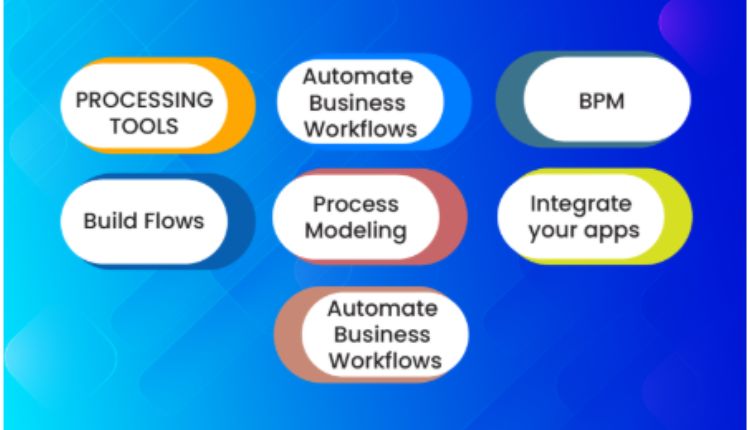Heterogeneous integration is revolutionizing the semiconductor industry by enabling the combination of diverse materials, components and technologies in 3D chip designs. Erik Hosler, a thought leader in advanced semiconductor packaging and integration strategies, underscores the transformative potential of this approach for next-generation chip innovation. By supporting higher functionality, energy efficiency and application flexibility, heterogeneous integration is unlocking unprecedented possibilities in fields like Artificial Intelligence (AI), the Internet of Things (IoT) and High-Performance Computing (HPC).
Advancements in Heterogeneous Integration
Unlike traditional monolithic chip designs, heterogeneous integration leverages multiple materials and components within a single package. This allows for the integration of varied functionalities, such as logic, memory and photonics, without the constraints of a single fabrication process. By stacking and interconnecting diverse technologies, heterogeneous integration provides higher performance, energy efficiency and scalability.
Key techniques like chipset-based architectures and advanced interconnect methods are at the forefront of these innovations. Chiplet designs allow manufacturers to mix and match pre-tested components, optimizing performance while reducing development time and costs. These advancements also facilitate the integration of specialized components, such as AI accelerators or high-bandwidth memory, tailored to specific application demands.
Enhanced Functionality and Energy Efficiency
Heterogeneous integration supports the creation of 3D chips with unparalleled functionality and energy efficiency. By placing logic and memory components closer together, signal travel distances are significantly reduced, enhancing data transfer speeds and minimizing power consumption. This is particularly critical for AI workloads and HPC systems, where high data throughput and low latency are paramount.
“Accelerator technologies, particularly in ion implantation, are enabling manufacturers to push the limits of miniaturization while maintaining the integrity of semiconductor devices,” explains Erik Hosler. This capability ensures that heterogeneous integration continues to deliver on its promise of high performance and scalability, even as device architectures become increasingly complex.
Application Potential in AI, IoT and HPC
The benefits of heterogeneous integration are already being realized across multiple domains. In AI, heterogeneous 3D chips provide the high-performance computing power necessary for training complex algorithms while maintaining energy efficiency. For IoT, compact designs and low-power operations are critical, making heterogeneous integration an ideal solution for enabling smarter, more connected devices.
High-performance computing also stands to gain, as these techniques allow for customized designs that handle demanding workloads with efficiency and reliability. By combining processing units, memory and specialized accelerators into a single 3D package, HPC systems can achieve higher performance levels while reducing energy demands.
Unlocking the Future of Semiconductor Innovation
Heterogeneous integration is reshaping the possibilities for 3D semiconductor applications, delivering higher functionality, energy efficiency and application flexibility. By combining diverse materials and technologies, this approach not only addresses the limitations of traditional designs but also unlocks new opportunities for AI, IoT and HPC advancements. As the industry continues to innovate, heterogeneous integration will remain a cornerstone of next-generation chip development, driving progress in an increasingly interconnected world.











